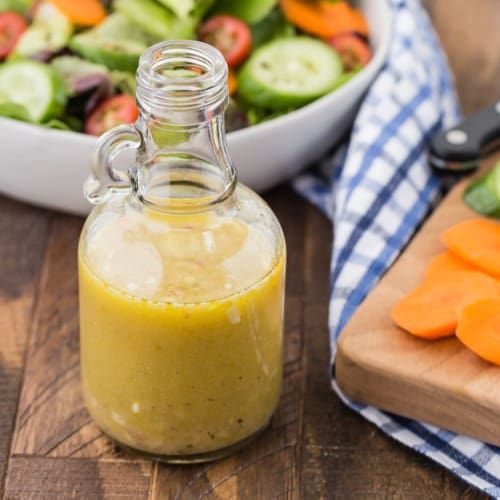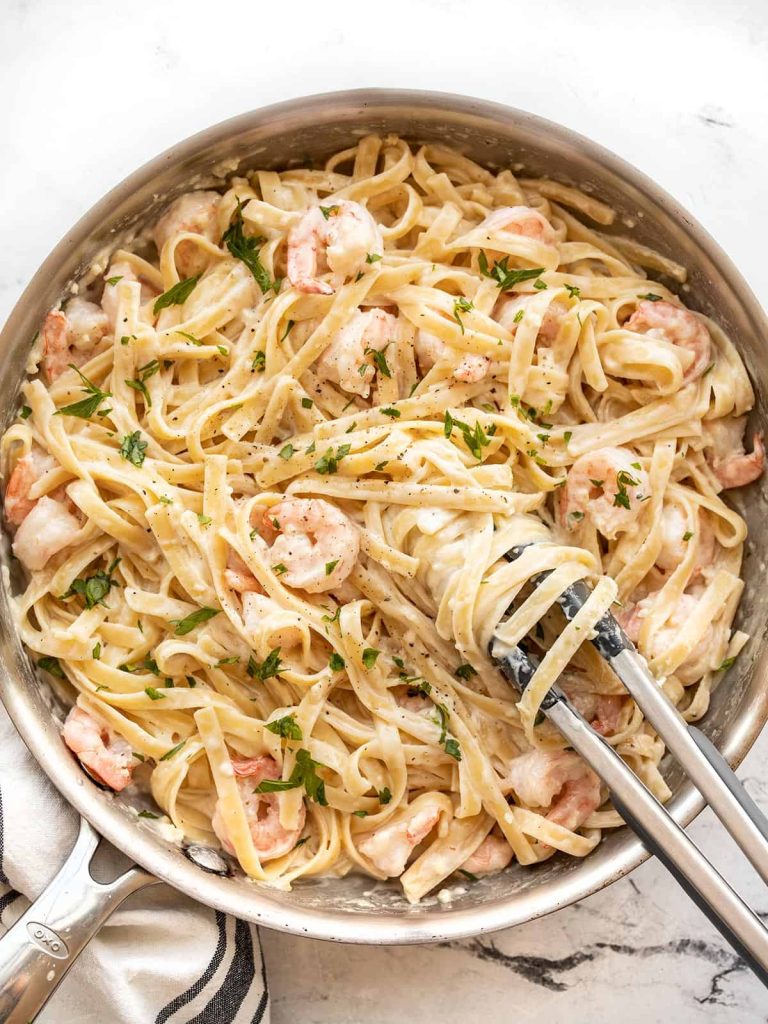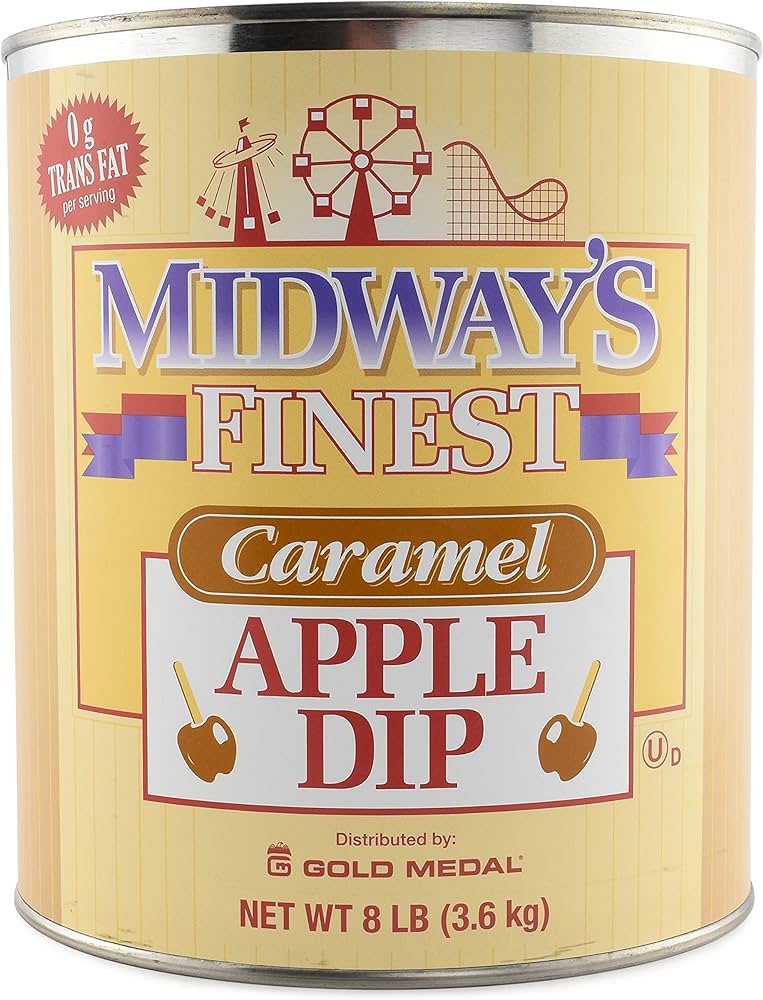White Wine Vinaigrette: Health Benefits, Recipe, and Tips for Perfect Flavor
White wine vinaigrette dates back to ancient Rome where vinegar derived from grapes was a culinary staple. This dressing evolved as chefs combined vinegar with oil and other ingredients to enhance flavors. Historical references highlight its use in European cuisines, making it a timeless addition to modern kitchen repertoires.
Key Ingredients
White wine vinaigrette consists of several core ingredients:
- White Wine Vinegar: Provides the tangy base with a mild fruity flavor.
- Olive Oil: Adds richness and balances the acidity.
- Dijon Mustard: Offers depth and a subtle kick.
- Honey or Sugar: Introduces sweetness to counteract the vinegar’s sharpness.
- Garlic: Enhances with a savory note.
- Salt and Pepper: Essential for seasoning.
Optional ingredients like herbs (e.g., basil or thyme) and lemon juice can be added to customize the vinaigrette.
White wine vinaigrette’s blend of these components makes it versatile for salads, marinades, and vegetables, delivering a burst of freshness to your dishes.
Health Benefits of White Wine Vinaigrette
Nutritional Components
White wine vinaigrette boasts key nutrients that contribute to a balanced diet. Olive oil, a common ingredient, provides healthy monounsaturated fats. Monounsaturated fats help reduce bad cholesterol levels and lower your risk of heart disease. Additionally, white wine vinegar contains small amounts of antioxidants that combat oxidative stress. Antioxidants, like polyphenols, protect cells from damage caused by free radicals.
Furthermore, Dijon mustard, often included in the vinaigrette, offers trace minerals like selenium and magnesium. Selenium supports your immune system while magnesium helps maintain muscle and nerve function. Honey or sugar, used for sweetening, adds minimal calories but infuses the dressing with a pleasant taste.
Impact on Digestive Health
White wine vinaigrette promotes digestive health by supporting gut bacteria balance. The acetic acid in white wine vinegar enhances your stomach’s acidity, aiding in food breakdown and nutrient absorption. Enhanced digestion ensures your body efficiently extracts nutrients from the food you eat.
Moreover, ingredients like garlic in the vinaigrette have prebiotic properties. Prebiotics nourish beneficial gut bacteria, contributing to a healthy gut microbiome. A diverse and well-balanced gut microbiome boosts your immunity and improves overall digestive function.
Additionally, light dressings like white wine vinaigrette can help prevent over-consumption of high-calorie, creamy alternatives, supporting weight management efforts. A moderate-calorie dressing encourages you to maintain portion control, aligning with a balanced diet and healthy lifestyle.
Culinary Uses of White Wine Vinaigrette
Salad Pairings
White wine vinaigrette enhances a variety of salads, from simple greens to more complex creations. You can drizzle it over a classic mixed greens salad to bring out the freshness of the vegetables. It’s also perfect for more elaborate salads like a Mediterranean salad, combining ingredients such as cucumbers, tomatoes, olives, and feta cheese. In grain-based salads like quinoa or farro, the vinaigrette adds a tangy flavor without overpowering the other ingredients.
Marinades And Sauces
You can utilize white wine vinaigrette as a marinade to infuse meats and vegetables with its distinct flavor. For instance, marinate chicken breasts in the vinaigrette before grilling to achieve a tangy and juicy result. Vegetables, such as bell peppers and zucchini, benefit from a quick soak in the vinaigrette before roasting or grilling. Additionally, you can incorporate the vinaigrette into sauces for pasta dishes or drizzle it over cooked fish to add a light and zesty touch. Use it in stir-fry sauces to enhance the dish with a balanced mix of acidity and flavor.
How to Make Your Own White Wine Vinaigrette
Choosing the Right Ingredients
Select high-quality ingredients for your vinaigrette. Olive oil should be extra virgin for its rich flavor and health benefits. Use white wine vinegar known for its delicate acidity and crisp taste. Choose fresh garlic cloves to add a savory depth. Dijon mustard gives a creamy texture and enhances emulsion. Sea salt and freshly cracked black pepper will season your vinaigrette perfectly.
- Measure Ingredients: Pour 1/4 cup of white wine vinegar, 1 teaspoon of Dijon mustard, 1 minced garlic clove, 1/2 teaspoon of sea salt, and 1/4 teaspoon of freshly cracked black pepper into a bowl.
- Combine Ingredients: Whisk the mixture until ingredients are well combined.
- Slowly Add Olive Oil: While continuously whisking, slowly drizzle 3/4 cup of extra virgin olive oil into the bowl. This technique ensures the dressing emulsifies properly.
- Taste and Adjust: Sample the vinaigrette to check the balance. Adjust seasoning, adding salt or pepper if necessary.
- Store or Serve: Transfer the vinaigrette to a glass jar with a lid. It can be stored in the refrigerator for up to one week. Shake well before each use.
Creating your own white wine vinaigrette allows you to enjoy a fresh, flavorful dressing tailored to your taste preferences.
Conclusion
Creating your own white wine vinaigrette is a simple yet rewarding endeavor. By using high-quality ingredients and following a straightforward process, you can elevate your dishes with a burst of fresh flavor. This versatile dressing not only enhances the taste of your meals but also offers numerous health benefits. So why not take a few minutes to whip up your own batch? Your salads and taste buds will thank you.






